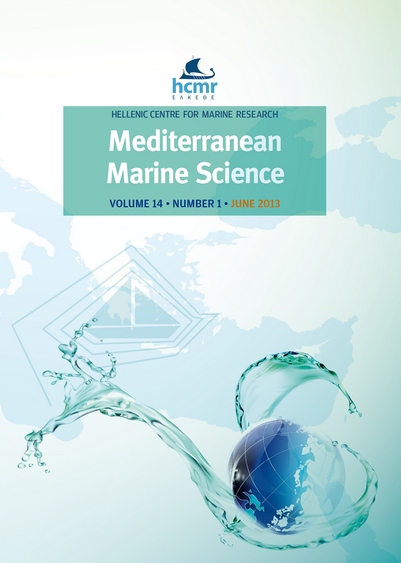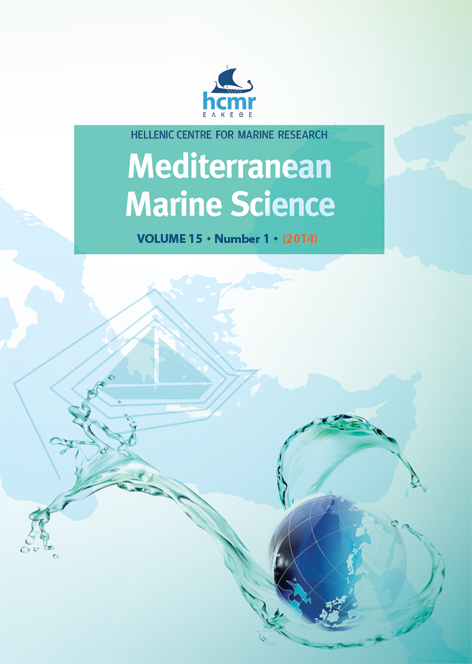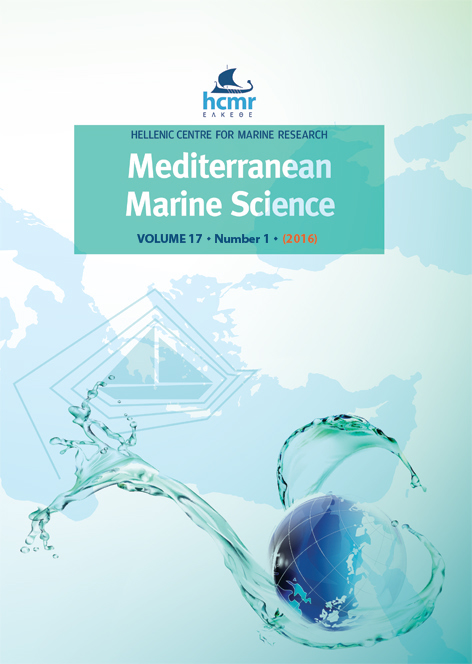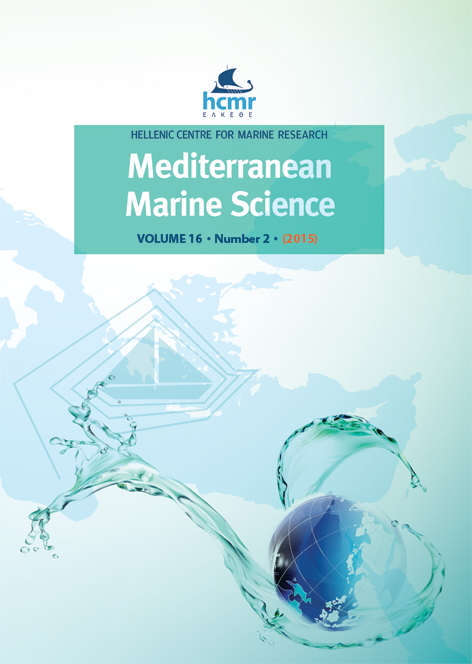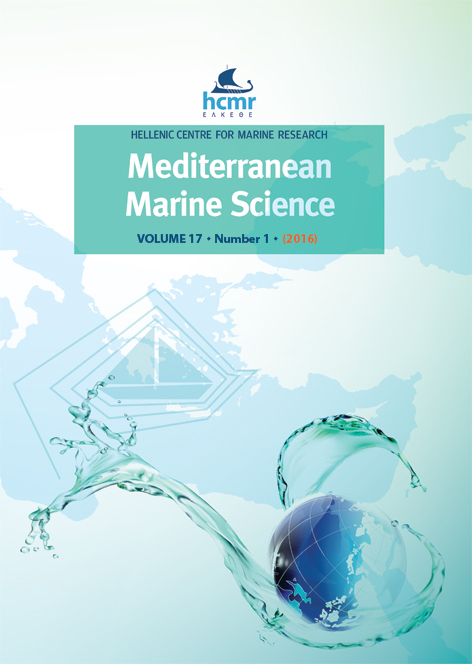Introduced marine species in Croatian waters (Eastern Adriatic Sea)
Abstract
The Croatian part of the Adriatic Sea covers more than 35% of the total Croatian territory, which means that monitoring changes in marine ecosystems and the conservation of biodiversity are of great importance. Following global changes, Croatia is experiencing increasing problems due to the introduction of new species that include aliens (due to aquaculture activities and shipping) and species from other Mediterranean subregions that are extending their geographic range. This work provides a checklist of introduced species in Croatian waters. A total of 113 species (15 phytoplankton, 16 zooplankton, 16 macroalgae, 44 zoobenthic and 22 fish species) have been recorded in the eastern part of the Adriatic Sea, of which 61 species are alien and 52 introduced, due to climate change.
Article Details
- Zitationsvorschlag
-
PECAREVIC, M., MIKUS, J., BRATOS CETINIC, A., DULCIC, J., & CALIC, M. (2013). Introduced marine species in Croatian waters (Eastern Adriatic Sea). Mediterranean Marine Science, 14(1), 224–237. https://doi.org/10.12681/mms.383
- Ausgabe
- Bd. 14 Nr. 1 (2013)
- Rubrik
- Review Article
Authors who publish with this journal agree to the following terms:
- Authors retain copyright and grant the journal right of first publication with the work simultaneously licensed under a Creative Commons Attribution Non-Commercial License that allows others to share the work with an acknowledgement of the work's authorship and initial publication in this journal.
- Authors are able to enter into separate, additional contractual arrangements for the non-exclusive distribution of the journal's published version of the work (e.g. post it to an institutional repository or publish it in a book), with an acknowledgement of its initial publication in this journal.
- Authors are permitted and encouraged to post their work online (preferably in institutional repositories or on their website) prior to and during the submission process, as it can lead to productive exchanges, as well as earlier and greater citation of published work (See The Effect of Open Access).

